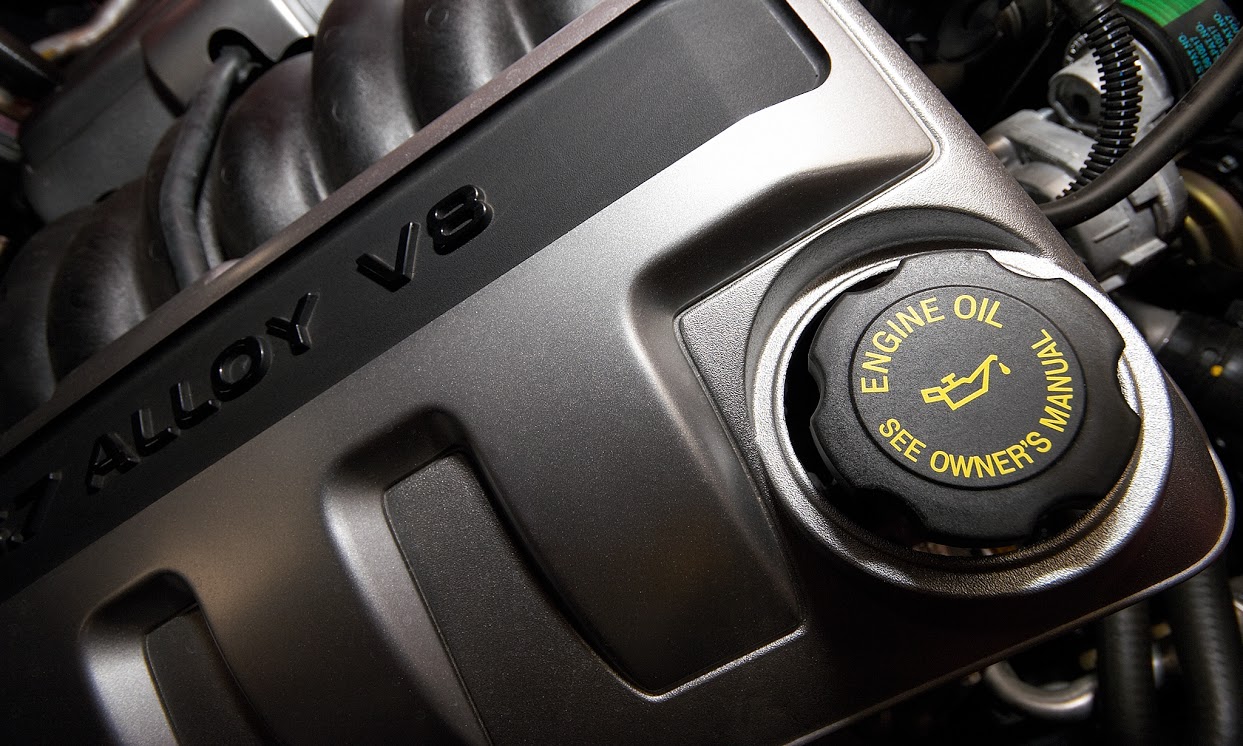
Doctorate students at the University of Arizona in Tucson are hard at work developing wireless communications that could pave the way for driverless cars in our not-too-distant future. Though these students may be trying to remove the driver from the driving, they won’t be changing much about the basic physics of how an engine works.
Motor oil represents just one of the many crucial components of a properly working engine, but there’s more to choosing the right Tucson oil-change provider than just knowing the difference between conventional and synthetic. Read on to learn more about the sine qua non of every well-oiled machine.
What Motor Oil Does
Whenever a vehicle is in motion, engine oil has a lot of work to do. Its primary duty is reducing friction between moving parts, which keeps the engine from overheating and prevents components from prematurely wearing down. It accomplishes this by creating a small barrier between the parts so they slide past each other easily, ultimately saving gas.
Things That Affect How Motor Oil Performs
Environmental factors, such as the temperature outside, as well as internal factors such as varying starting and running temperatures, an aging car, or heavy loads on board can all affect how motor oil performs. Fortunately, auto manufacturers specify what viscosity level is best for their vehicles, so most drivers don’t have to worry about these issues too much.
How to Read Viscosity Numbers
When you see a viscosity grade on a bottle of multi-grade motor oil—say, 10W-30—there are two numbers to consider. The number preceding the W stands for “winter” or “woolen-underwear season,” which reflects how the oil flows when starting an engine on a cold day. The number after the hyphen is the viscosity at 210°F, the standard temperature of an operating engine. On both sides of the hyphen, a higher number means a higher viscosity.
What It Means
Like most liquids, when oil is cooler it’s more viscous (that is, slower-flowing), and when it’s warmer it’s less viscous. Higher-viscosity oils are most appropriate for cars that operate at higher temperatures or carry heavier loads. Lower-viscosity oils work better at lower temperatures since they don’t need to be heated to flow, but they generally offer less protection against wear.
Multi-Grade Oils
There was a time when people who lived in four-season climates would use one oil with a higher viscosity during the warm months and another during the cold months. Multi-grade motor oils have solved that problem by working efficiently in both conditions. What makes this type of oil so flexible? It’s the polymers—particles that expand as the oil heats up and slow down the rate at which the oil thins as it gets hotter.
Keep these facts in mind as you head out to get your next Tucson oil change—they’ll come in handy when the technician starts making recommendations.




